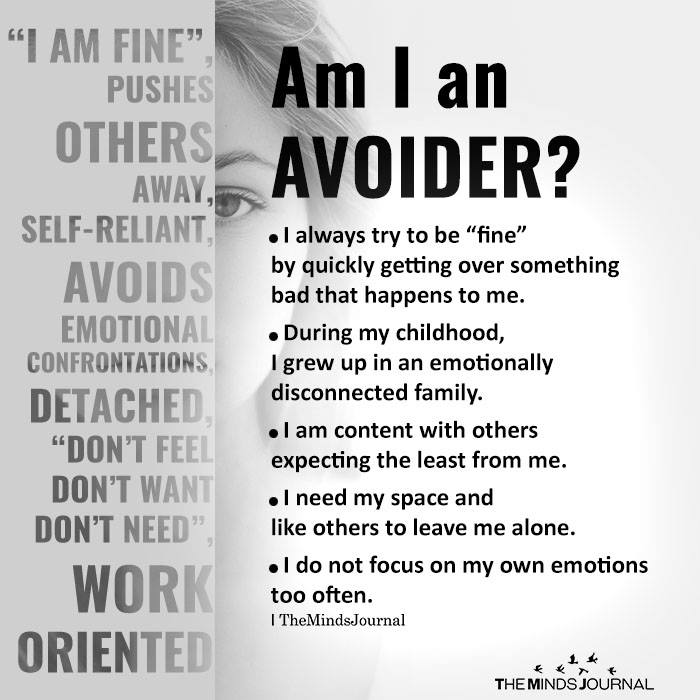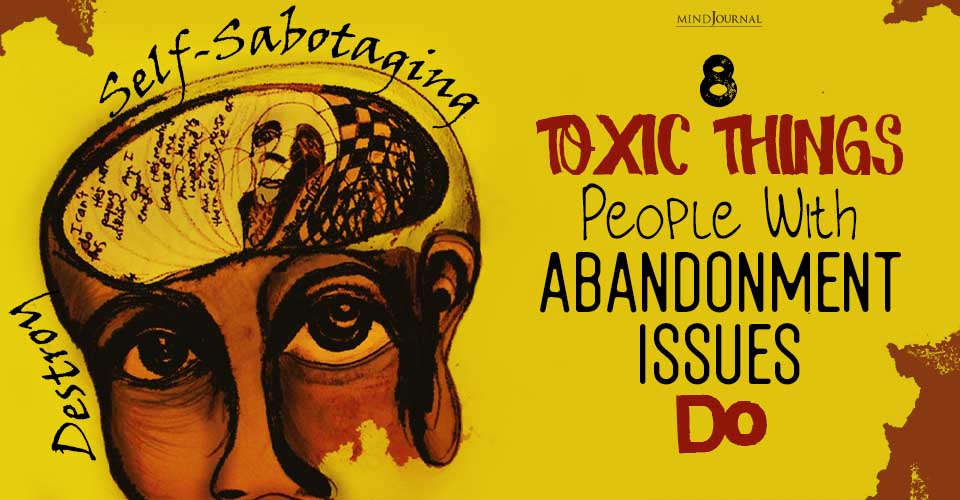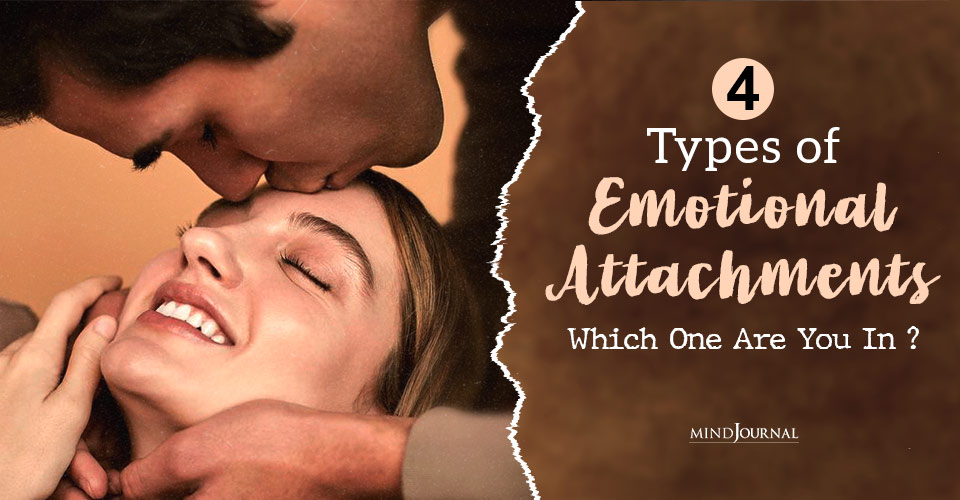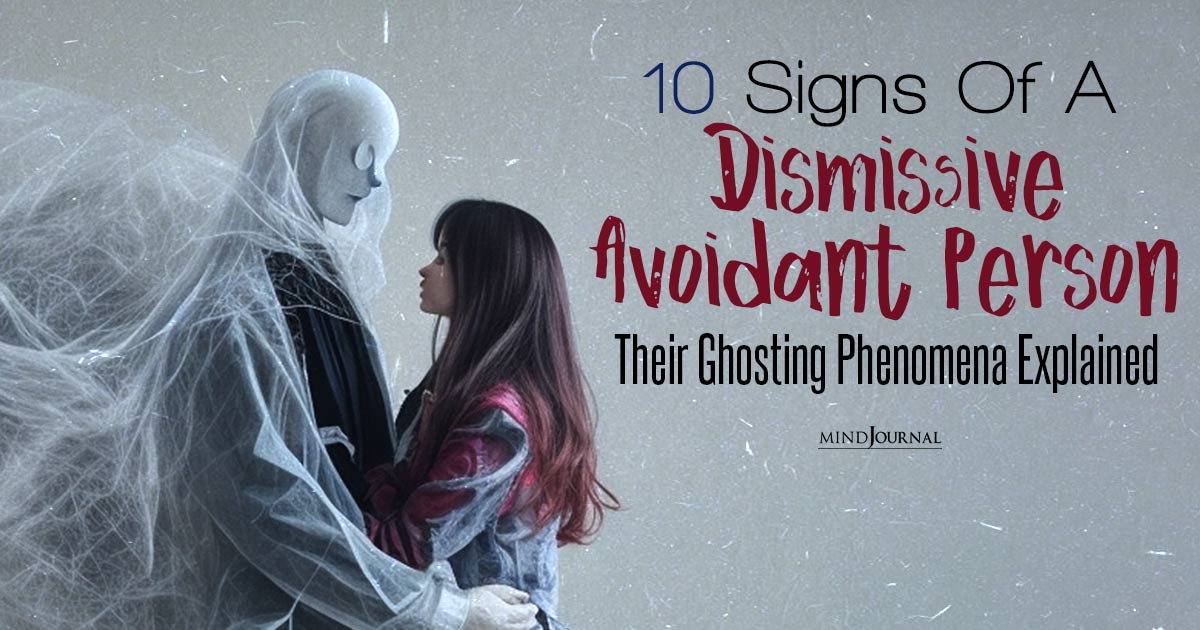Loving someone with avoidant attachment can be challenging because people with this type of attachment style tend to avoid emotional intimacy and often feel uncomfortable with closeness in relationships.
They may struggle to express their feelings, avoid vulnerability, and may withdraw from their partner when they feel overwhelmed or anxious. However, with patience, understanding, and compassion, it is possible to build a healthy and fulfilling relationship with someone who has avoidant attachment.
Before we get into that, let’s talk about what exactly is an avoidant attachment style.
Related: Falling In Love With Some Who Can’t Accept Love
What Is Avoidant Attachment In Relationships?
Avoidant attachment is a type of attachment style that can manifest in relationships. People with avoidant attachment tend to feel uncomfortable with emotional intimacy and may struggle to form deep and meaningful connections with others.
This attachment style typically develops in childhood when caregivers are emotionally unavailable, inconsistent, or neglectful. As a result, individuals with an avoidant attachment may learn to suppress their emotions and avoid seeking comfort or support from others.
In relationships, they may be distant, emotionally withdrawn, and may struggle to express their feelings. They tend to avoid physical contact, such as hugging or cuddling and may feel suffocated by too much closeness. This can create challenges in romantic relationships, as their partners may feel neglected or unimportant.
Avoidant people also have a fear of abandonment, which can lead them to push their partners away or sabotage their relationships. They may prefer to keep their relationships casual or avoid commitment altogether.

11 Tips For Loving Someone With Avoidant Attachment
1. Understand their attachment style.
Understanding your partner’s attachment style is crucial in building a healthy and fulfilling relationship. By recognizing that someone with an avoidant attachment may struggle with emotional intimacy and expressing their feelings, you can approach the relationship with greater empathy and compassion.
This understanding can help you to be more patient and avoid taking their behavior personally, even if it seems distant or rejecting. By recognizing the reasons behind their behavior, you can help create a safe and supportive space that encourages trust and emotional closeness.
Moreover, understanding their attachment style can help you tailor your communication and actions in ways that meet their needs and make them feel more comfortable, secure, and valued in the relationship.
Related: The 3 Types of Attachment: Which One Drives Your Relationship?
2. Try not to take their behavior personally.
When loving someone with avoidant attachment, it’s important to remember that they may struggle with emotional intimacy and may need more space than others in relationships.
When they withdraw or become distant, it’s crucial not to take their behavior personally, as it is not a reflection of your worth or their feelings towards you. Instead, try to be understanding and supportive, giving them the time and space they need to feel comfortable and secure in the relationship.
By avoiding taking their behavior personally, you can create a safe and trusting environment that encourages emotional closeness and intimacy.
3. Give them space when they need some.
When dating someone with anxious avoidant attachment, giving them space when they need it is crucial in building a healthy and fulfilling relationship. It’s important to respect their need for alone time and avoid pushing them to spend more time with you than they are comfortable with.
This means not taking their need for space personally and giving them the time and freedom to pursue their interests and hobbies without feeling suffocated or overwhelmed.
By respecting their boundaries, you can help them feel more comfortable and secure in the relationship, while also showing that you care and respect their needs. Ultimately, by giving them space, you can create a more balanced and sustainable relationship that meets both of your needs.
4. Be patient with your partner.
Dating someone with attachment issues can be challenging, but patience is key. It’s important to remember that these individuals may have learned to suppress their emotions and avoid seeking comfort or support from others. As a result, they may struggle to form deep and meaningful connections with others.
Being patient and allowing them to open up at their own pace can help create a safe and supportive environment that encourages emotional intimacy and closeness. By giving them the time and space to feel comfortable and secure in the relationship, you can help foster a deeper connection that is built on trust and mutual respect.
Ultimately, being patient can lead to a more fulfilling and rewarding relationship for both of you.
Related: Disorganized Attachment Style: What Is It And How It Affects Relationships
5. Always communicate openly and clearly with them.
When it comes to loving someone with avoidant attachment style, clear and direct communication is essential. These individuals may struggle with communication, so it’s important to avoid using vague language or relying on non-verbal cues.
When you are clear and transparent in your communication, it can help create a safe and supportive environment that encourages emotional intimacy and closeness. This means expressing your needs and expectations in a direct and respectful manner, while also being open to listening to their perspective.
By communicating clearly, you work towards creating a stronger foundation of trust and mutual understanding in your relationship.

6. Don’t try to control them or their behaviors.
Trying to control your partner’s behavior is not helpful in building a healthy relationship with them. Instead, it’s crucial to respect their need for autonomy and independence, as these are key aspects of their attachment style.
Rather than trying to change or control them, it’s more productive to ask them what they need from you to feel supported and valued in the relationship. This approach can help them feel more in control of their own lives and give them the space they need to express themselves authentically.
By fostering a relationship based on mutual respect and trust, you will be better able to enjoy emotional intimacy and closeness with one another.
7. Be clear about your expectations when it comes to physical intimacy.
Being clear about your expectations regarding physical intimacy is essential when building a relationship with someone with avoidant attachment. They may struggle with emotional intimacy, which can make physical intimacy challenging.
It’s crucial to communicate openly and honestly about your needs and desires, while also being open to listening to your partner’s perspective.
This means asking them what they want from their relationship with you and being clear about what you need as well. By clarifying your expectations regarding physical intimacy, you can create a safe and supportive environment that encourages emotional and physical intimacy, while also respecting your partner’s boundaries and needs.
Ultimately, being open and honest can lead to a more fulfilling and rewarding relationship for both partners.
Related: Avoidant Attachment Style: How To Love And Deal With An Avoidant Partner
8. Try not to be too clingy or needy.
Loving someone with avoidant attachment means, you need to avoid being too clingy. Giving them space when they need it is key. People with this attachment style can feel overwhelmed or suffocated by too much closeness or neediness, so it’s essential to be mindful of their boundaries.
By respecting their space and not being too clingy or needy, you can help build a more secure and fulfilling relationship with someone who may struggle with intimacy.
Healthy relationships require balance and mutual respect, so make sure to prioritize your partner’s needs alongside your own.
9. Continue the conversation later, if you find them withdrawing.
When communicating with someone with an avoidant attachment style, it’s crucial to be aware of their tendency to withdraw from conversations. Don’t take it personally if they check out or seem disengaged.
It could be that they need a moment to process the conversation, or they simply don’t want to discuss the topic at hand.
Instead of pushing them, give them space and try to revisit the topic later when they’re more comfortable. This approach shows that you respect their boundaries and helps prevent unnecessary conflict.
Remember, building a happy, and stable relationship requires patience, understanding, and empathy. By demonstrating these qualities, you can strengthen your connection with your avoidant partner and create a more fulfilling bond.
10. Validate their feelings.
How to help someone who has an avoidant attachment style? For someone with an avoidant attachment style, expressing emotions can be challenging. Therefore, it is crucial to validate their feelings when they do share them with you.
Acknowledge and accept their emotions, and provide a supportive response that demonstrates your understanding.
By validating their feelings, you show that you are a safe person to confide in and that their emotions are valid and important. This approach can help build trust and strengthen the emotional bond between you and your partner.
Emotional support and validation are essential components of any healthy relationship, so be sure to prioritize them when communicating with your avoidant partner.
Related: Is Your Attachment Style At The Root Of Your Struggles?
11. Try not to criticize them.
When listening to your avoidant partner, it’s crucial to avoid criticism or judgment. While it can be challenging to hear something that rubs you the wrong way, making negative comments will only create more tension and distance in the relationship.
Unless your partner says something clearly hurtful or offensive, it’s best to avoid correcting or criticizing them.
Instead, focus on actively listening and offering support. Criticism can be particularly damaging to individuals with avoidant attachment styles, making it crucial to maintain a positive and supportive environment in your relationship.
Building a happy and stable relationship requires patience, understanding, and empathy. By avoiding criticism and judgment, you can help create a safe and secure emotional space for your avoidant partner to share their thoughts and feelings.

Takeaway
It’s important to note that avoidant attachment style is a spectrum, and not everyone with this attachment style will exhibit the same behaviors or have the same level of difficulty with emotional intimacy.
Some individuals with an avoidant attachment style may have learned to cope with it and be able to form healthy and fulfilling relationships.
Overall, loving someone with avoidant attachment requires patience, understanding, and compassion. Hang in there and love them with your all, because trust me, it will all be worth it.
Want to know more about loving someone with avoidant attachment style? Check this video out below!










Leave a Reply